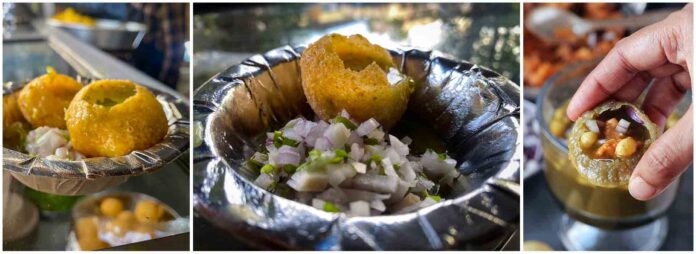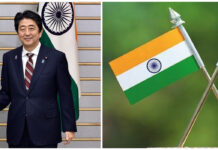If you are a fan of Pani Puri, the tangy and spicy street food that is popular across India and South Asia, you might have noticed that Google has dedicated its homepage doodle to this delicious snack today. The doodle features an interactive game where you can help a street vendor fill orders for Pani Puri by choosing the right ingredients and flavors for each customer. But why is Google celebrating pani puri today? And what is the history and significance of this dish? Read on to find out.
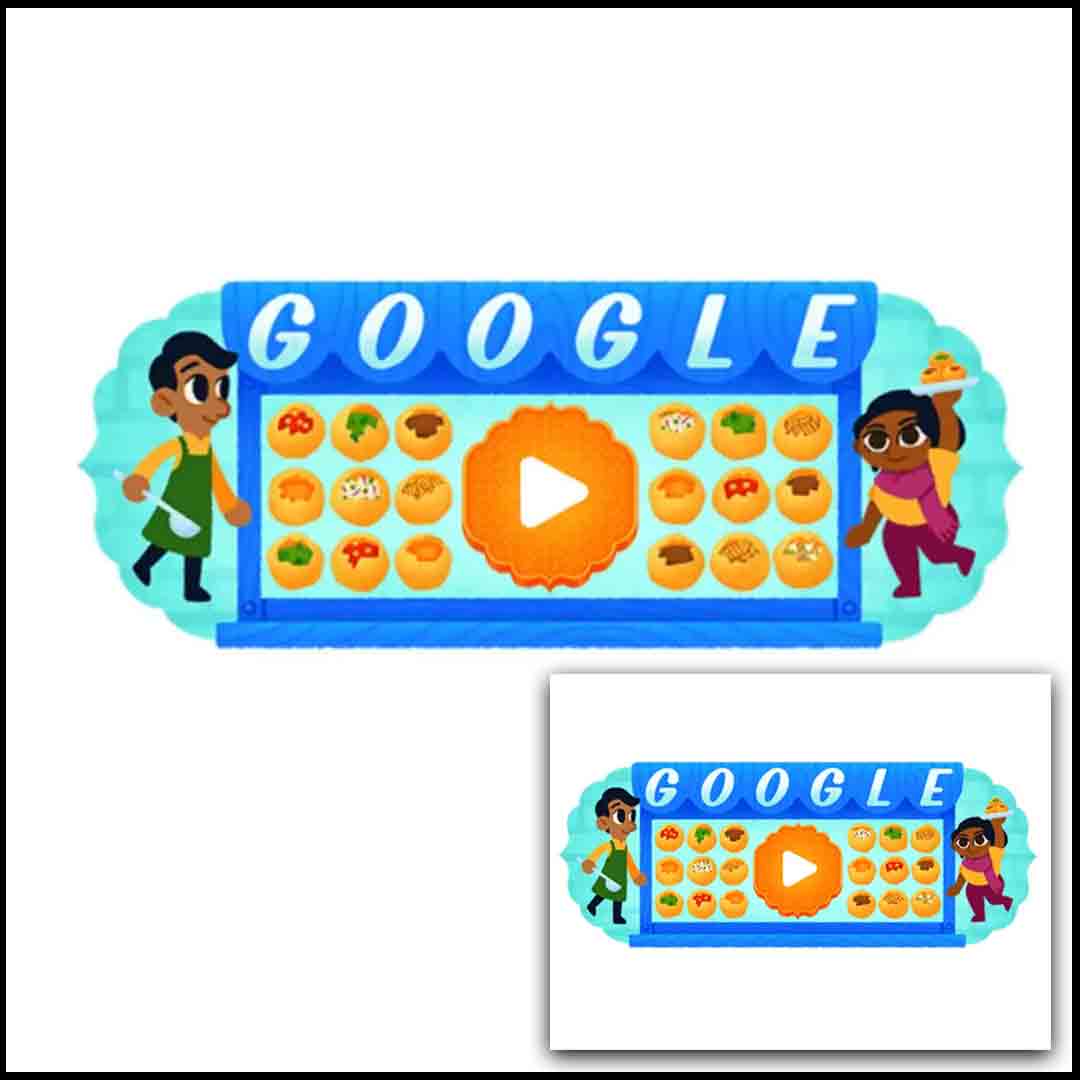
The reason behind the doodle
Google usually creates doodles to mark special occasions, events, or personalities that have an impact on culture, history, or society. Today’s doodle celebrates pani puri, one of the most popular and widely consumed street foods in India and South Asia. The reason behind this celebration is that on this day in 2015, a restaurant in Indore, Madhya Pradesh, achieved the World Record for serving the most flavors of pani puri by offering 51 options. The restaurant, called Indori Zayka, was guided by Masterchef Neha Shah, who created different varieties of pani puri using ingredients like chocolate, cheese, ice cream, fruits, nuts, and spices. The record-breaking event was attended by hundreds of people who enjoyed the unique and innovative flavors of pani puri.
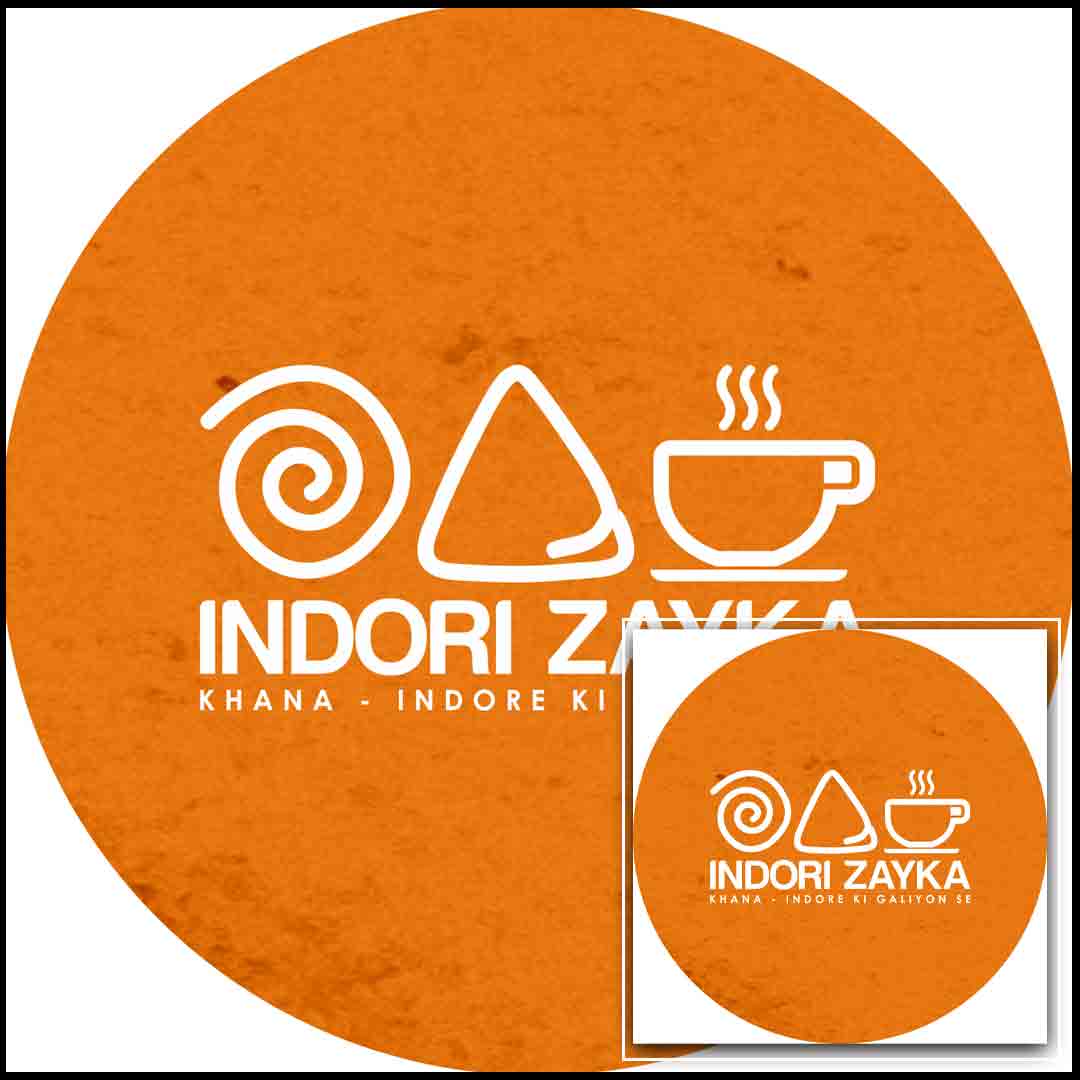
The history and diversity of Pani Puri
Pani Puri is a snack made of a crispy shell (puri) stuffed with potatoes, chickpeas, spices, or chilis and dipped in flavored water (pani). The name Pani Puri literally means “water bread” in Hindi. However, this dish goes by different names in different regions of India and South Asia, such as gol gappa, phuchka, gup chup, puchka, or puchki. Each region also has its own variations of the ingredients and flavors of pani puri, making it a diverse and versatile dish.
The exact origin of Pani Puri is not clear, but there are several legends and theories about how it came into existence. One legend says that pani puri was invented by Draupadi, the wife of the Pandavas in the epic Mahabharata. She was challenged to feed her five husbands with scarce resources and she came up with the idea of making small pieces of fried dough filled with mashed potatoes and vegetables. Another theory suggests that Pani Puri originated in the ancient city of Magadh (present-day Bihar), where it was known as phulki. It was a snack made for the wealthy and aristocratic families.
Pani puri gradually spread to other parts of India and South Asia through trade and cultural exchanges. In the 12th century, it was introduced to Bengal and Odisha by Afghan and Persian invaders. In these regions, the puris were smaller and crispier than the ones found in other parts of India. In the 19th century, pani puri became popular in the streets of North India, especially in Delhi and Uttar Pradesh. It quickly became a favorite street food snack due to its delicious taste, affordability, and convenience.
Today, pani puri is enjoyed by millions of people across India and South Asia. It is also available in other countries where there is a large diaspora of Indians or South Asians. Pani Puri is not only a snack but also a symbol of unity and diversity among people who share a common love for this dish.
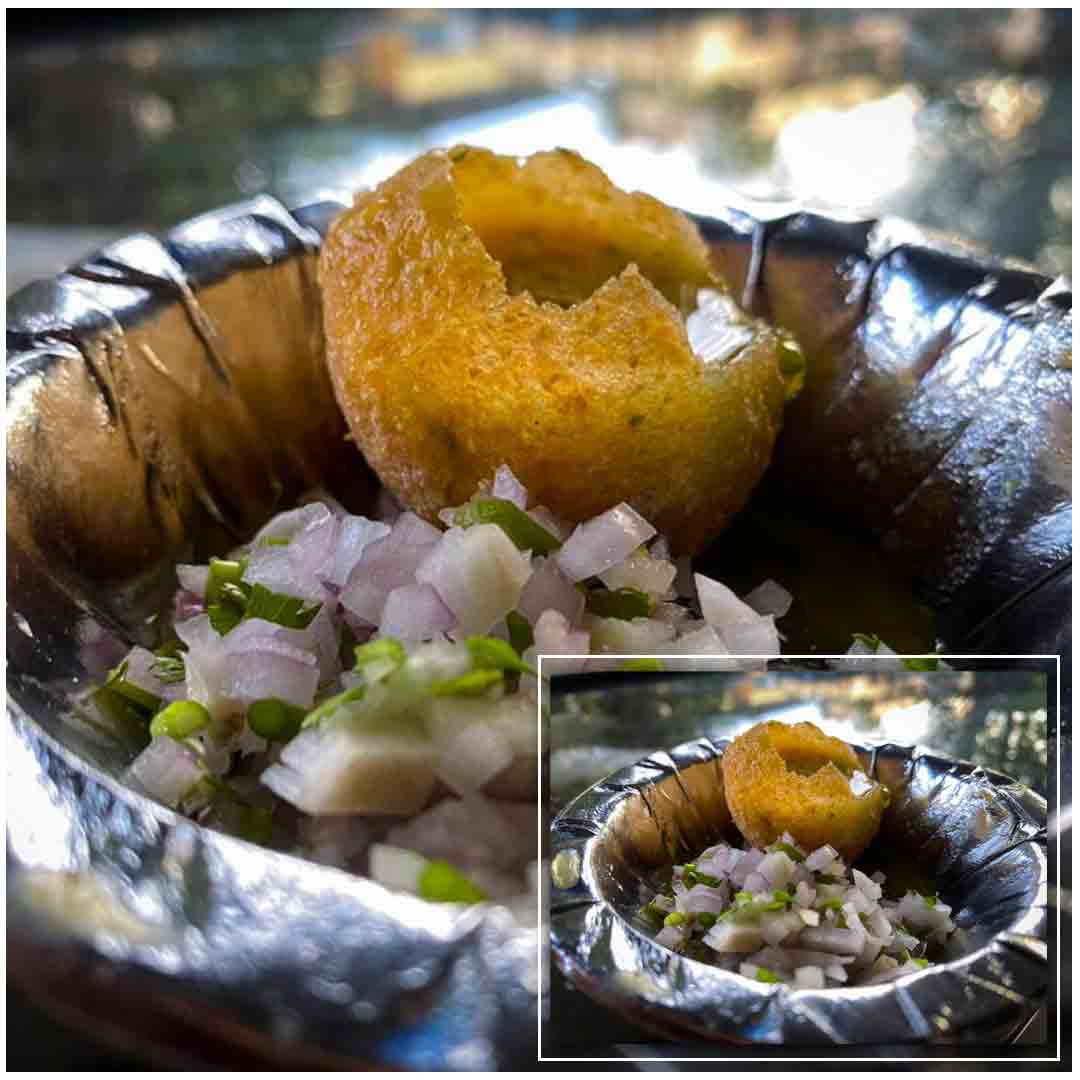
The fun and joy of eating Pani Puri
Eating Pani Puri is not just a matter of satisfying one’s hunger or taste buds. It is also an experience that involves fun, joy, and social interaction. Pani puri is usually eaten at roadside stalls or carts where vendors serve customers one by one. The customers stand around the stall and wait for their turn to receive their plate or bowl of puris. The vendor then fills each puri with the desired stuffing and dips it in the flavored water before handing it over to the customer. The customer then eats the puri in one bite to avoid spilling or making a mess.
There are some unwritten rules and etiquette that one must follow while eating Pani Puri at a stall. For example, one must not touch the plate or bowl with their hands or mouth. One must also not talk while eating or ask for extra water or stuffing. One must also eat quickly to avoid holding up the line or making the vendor impatient. Eating Pani Puri at a stall can be a challenge for some people who are not used to spicy or sour flavors or who have a small mouth or appetite.
However, eating Pani Puri at a stall can also be a lot of fun and joy for many people who enjoy the thrill and excitement of trying different flavors and combinations of Pani Puri. Eating Pani Puri can also be a social activity where one can bond with friends, family, or strangers over a common passion for this dish. Eating Pani Puri can also be a way of expressing one’s personality, mood, or preferences by choosing the type of stuffing, water, or spice level that suits them best.
Pani Puri is more than just a street food. It is a cultural phenomenon that reflects the diversity, creativity, and spirit of India and South Asia. It is a dish that brings people together and makes them happy. It is a dish that deserves to be celebrated and appreciated by everyone. That is why Google has dedicated its doodle to Pani Puri today. So, what are you waiting for? Go ahead and play the doodle game and enjoy some Pani Puri today!

